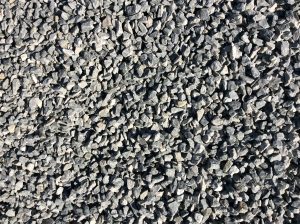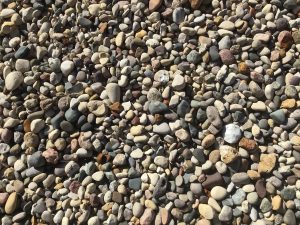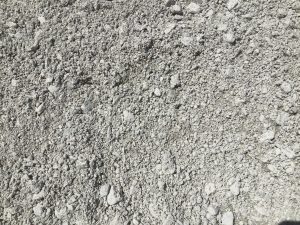Supply Yard
Retail supply yard and local delivery service for topsoil, mulch, sand, stone and aggregate products.
Whether you are a landscaper, fellow excavator, or want to do-it-yourself, we are stocked with the most commonly used products ready for you to pick up in our yard or have delivered. Our yard is easy to access with friendly service. Deliveries coordinated with your schedule. Contact us for current pricing.
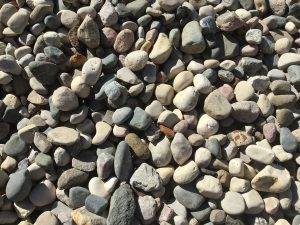
1" to 3" Stone
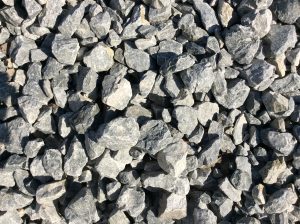
1" to 2" Limestone
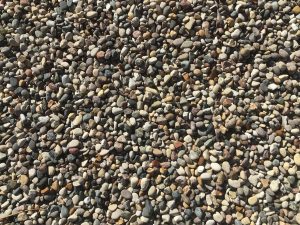
3/8" Peastone

4" to 8" Limestone
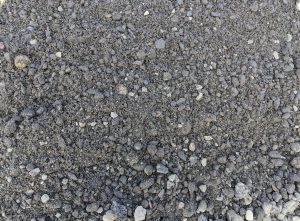
Crushed Asphalt
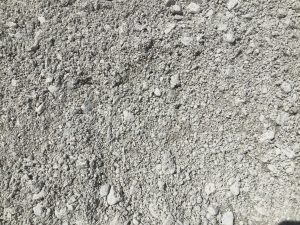
Crushed Concrete
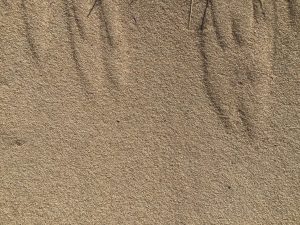
2NS/Play Sand
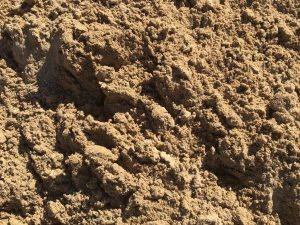
Fill Sand
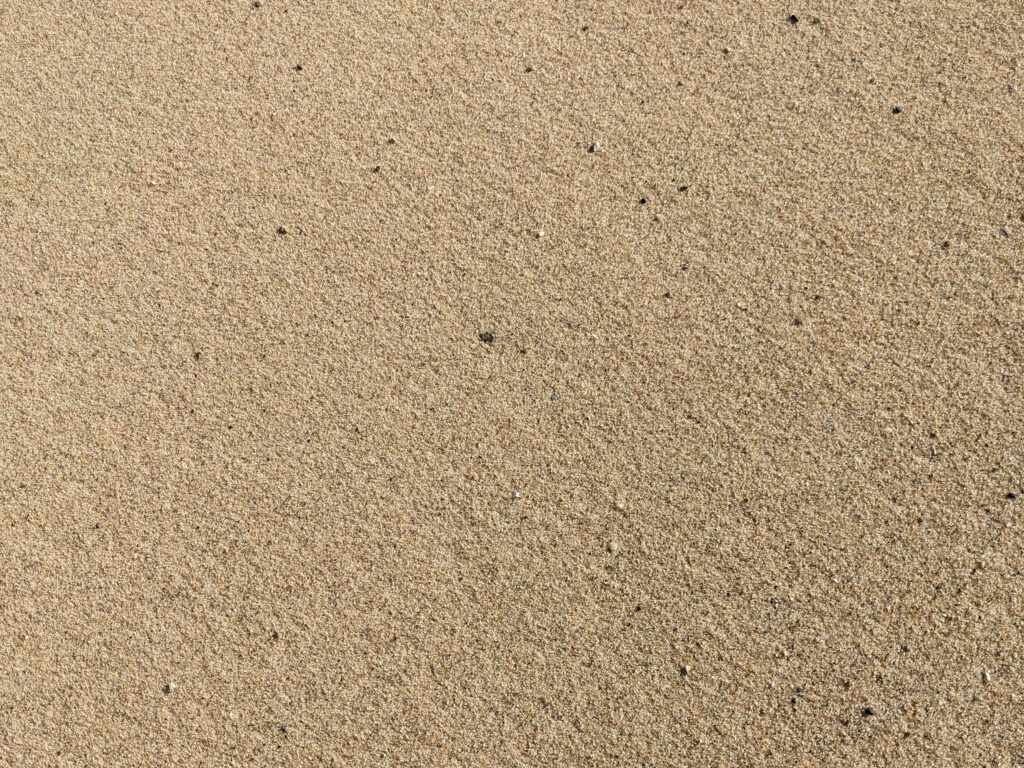
Mortar Sand/Play Sand
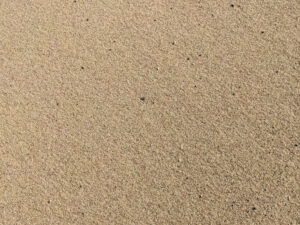
Sifted Topsoil
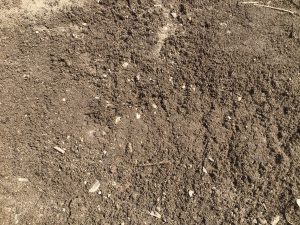
Top Soil
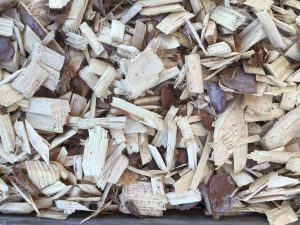
1" x 1" wood chips

Black Majestic Mulch

Brown Majestic Mulch
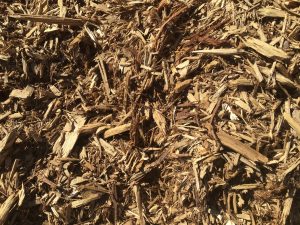
Cedar Bark
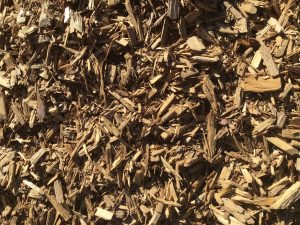
Certified Playground Mulch
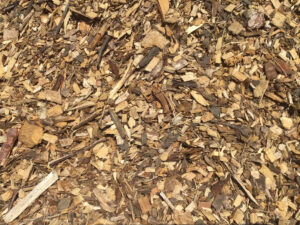
Class B Wood Chips
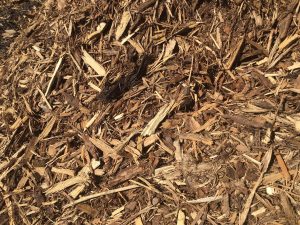
Premium Hardwood Mulch
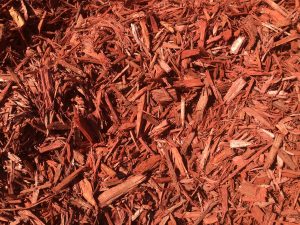
Red Majestic Mulch
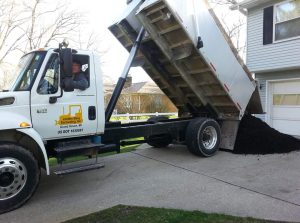
Need Something Else?
We are glad to special order
vandenBerg Excavating, Inc. is based in Grand Haven, MI and we proudly serve the areas of Grand Haven, Grand Haven Township, Robinson Township, Spring Lake, Spring Lake Township, Nunica, Crockery Township, Ferrysburg, Fruitport, Norton Shores, West Olive, Port Sheldon and beyond.
Frequently Asked Questions
How much is a cubic yard of topsoil, sand, stone, mulch, etc.?
If you put the material into a box, it would fill a box that measures 3’ x 3’ x 3’. We usually sell material by the cubic yard. Because it does not come pre-packaged in a 3 x 3 x 3 container, we use our equipment buckets and truck boxes to measure the products. Each employee is trained and knows how much each bucket or box will hold hand have been instructed to measure on the generous side of a quantity.
How much area will 1 cubic yard of product cover?
Mathematically one cubic foot of mulch, topsoil, sand, stone or aggregate product covers about 80 sq. feet at 4:” deep. Of course, there is usually about a 20% compaction rate over time for most materials.
Products vary, as do their moisture content, and thus their compaction rate.
How do I calculate how much product I need?
The general formula is Length x Width x Depth divided by 27. This gives you the cubic yardage for your area. Use measurements in feet. For instance, use 2.5 for a measurement of 30 inches or use .5 for a measurement of 6” deep.) If you also want to allow for compaction, add an additional 20% to your total.
Can I save money buying compared to buying mulch in bags?
Yes. 1 cubic yard of much is equal to 14 standard bags of mulch. (2 cu. Feet each). In addition, fresh locally delivered mulch is a better quality.
Why do we carry 10 yards of mulch in a truck, but only 5 yards of topsoil, sand, stone or aggregate in the same truck?
Trucks are limited as to how much weight they can carry down the road based on the weight per axle. Mulch is a much lighter product than soils or stones so we are able to carry a much larger quantity per load than the heavier products.
Why do we sometimes have to bring multiple loads in smaller trucks rather than one big truck load?
In addition to being limited to a legal per axle weight, there are other conditions that affect which truck we can use to deliver at a site. Is the site flat or sloped? Is it soft or hard packed? Is it on concrete? What is the available space for maneuverability? Are there wires or tree limbs overhead? There may be other factors based on each individual site.
Why is the ‘v’ in vandenBerg written in lower case?
Dutch tradition is that the names ‘vanden’ and ‘vander’ are surnames meaning ‘from the.’ In Dutch the name vandenBerg means ‘from the mountain’. Being as the ‘from the’ part of the name was lesser important, the Dutch did not capitalized that but instead capitalized the descriptive part of the name. So our ancestors are “from the Mountain.” Paul’s family held on to this tradition of keeping the lower case ‘v’ and we continue to maintain that tradition in the vandenBerg Excavating name.

